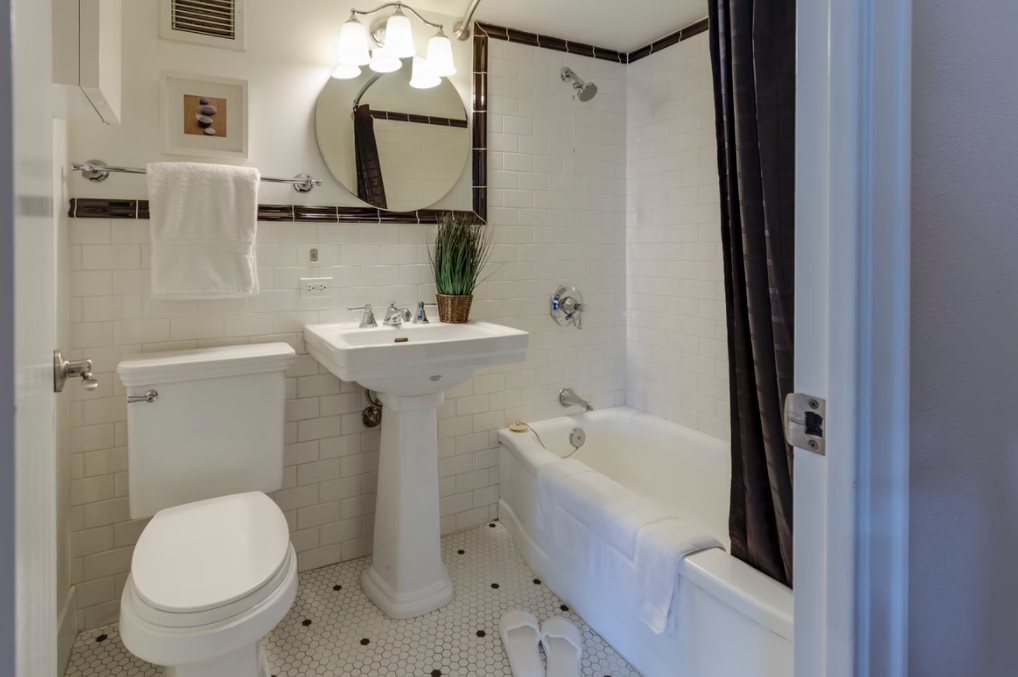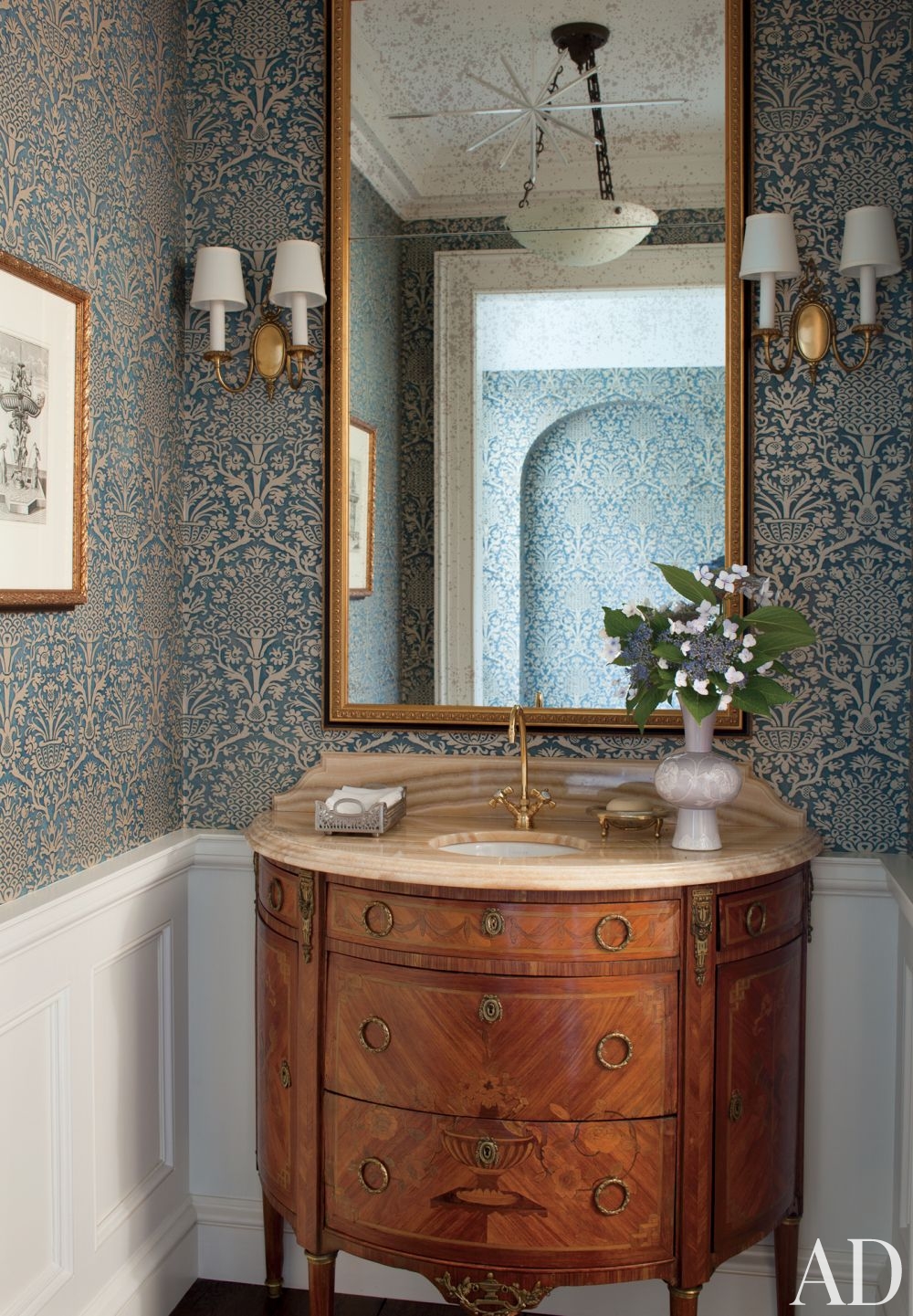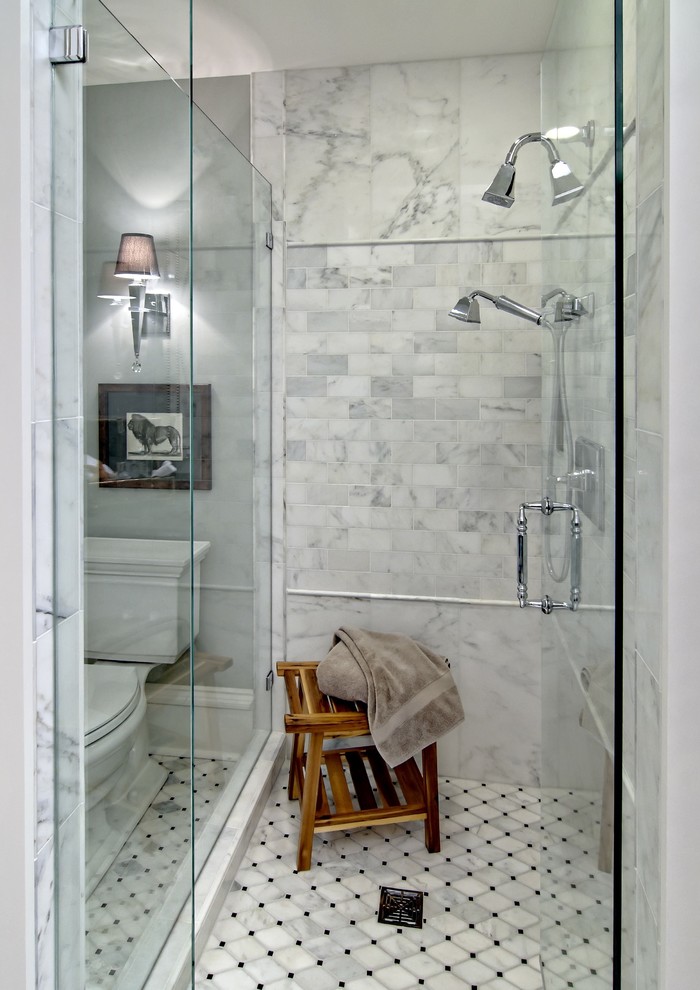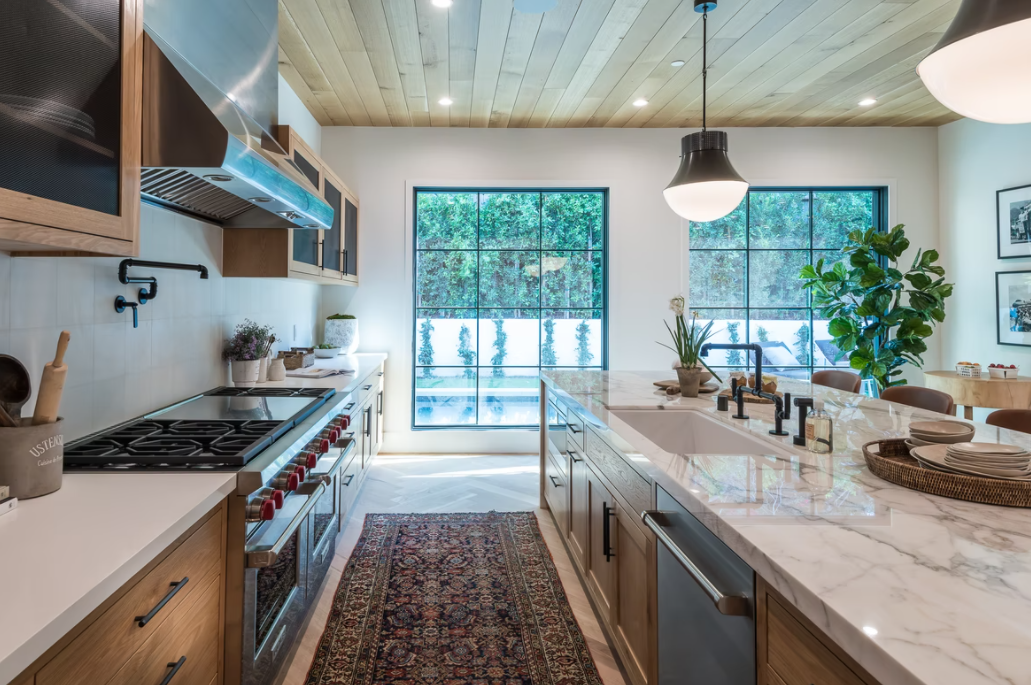A Look at the Best Materials You Can Choose for Your Freestanding Bath

The freestanding bath is an iconic bathroom fitting, and it has served numerous homeowners for many years!
 Photos By: Unsplash
Photos By: Unsplash
As you may already know, the first freestanding baths were introduced way back in Victorian times, and a basic takeaway design from this era is the claw-footed tub. Claw-footed freestanding baths have a distinct elegance, and they are still quite popular today, especially if you have a classic-themed bathroom. But whilst the style you choose matters, another equally important aspect is the material. Materials for freestanding baths range from the well-known and popular acrylic to natural stone and even cast iron, but which material works best for your needs? Here’s a look at the best materials you can choose for your freestanding bath.
Why Selecting the Suitable Material is Essential
First, you may be wondering why selecting the suitable material is essential, and there are several reasons for this. A bath itself can already be quite heavy, and it becomes heavier once you add water to it. Additionally, some types of flooring may not support a bath’s weight, and the floor may need reinforcement.
If you have an older dwelling with a weak foundation or structural support and bathrooms on the upper level, it may not be able to deal with the weight of the bath if it’s comprised of a material that’s too dense and heavy. It would be a good idea to consult with an engineer or plumber to ensure that your bathroom’s flooring can support your tub.
Types of Materials
Freestanding baths are made from different materials nowadays, from acrylic to cast iron to fibreglass and everything in between. However, the most common materials used for freestanding baths are stone resin, cast iron, and acrylic, with acrylic being the least expensive (and the lightest).

Acrylic
Acrylic freestanding baths are highly popular, and they may well be the best material if you want something durable, affordable, and versatile. It’s lightweight but also strong, and this allows for more accessible transport and installation. In addition, acrylic baths don’t need extra reinforcement for the flooring, unlike materials such as stone or cast iron.
The surface of an acrylic tub is comfortable and smooth, and since the material isn’t porous, it is stain-resistant and resistant to discolouration. Another fact that adds to its popularity is its scratch resistance.
Solid Surface
This material is a combination of acrylic and resin, and it has a higher quality than acrylic and has the strength of stone without the added weight.
Cast Iron
Cast iron baths stand out due to their durability, and they can last for decades because of their innate strength. It’s also a scratch-resistant material, but if there is breakage, it can be quite costly to repair, unlike acrylic. Cast iron freestanding baths are attractive because of their vintage and classic feel, and they can also retain heat pretty well. One drawback, however, is its costlier price, and another is its weight. The tubs are very heavy and would require reinforced flooring in many instances.
Other materials aren’t as common, such as copper, stainless steel, stone, and wood. While each has its advantages, there are various drawbacks, so it’s worth doing thorough research before settling on the material you’d like.








